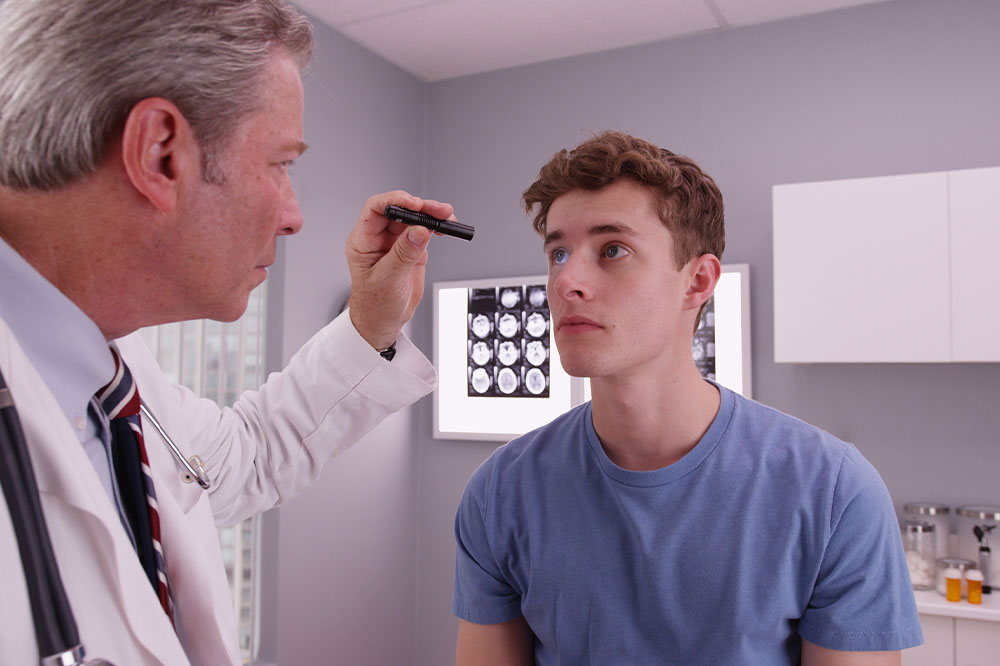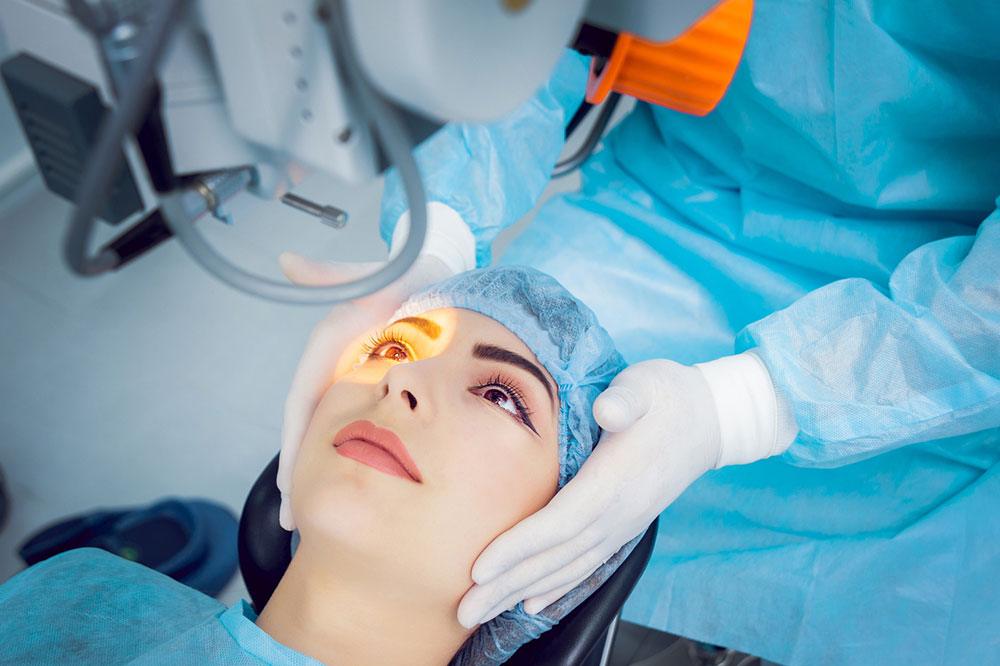Essential Signs and Symptoms of Cataracts You Should Know
Cataracts are a leading cause of vision loss, but early signs like blurred vision, night blindness, and halos can be detected early. Recognizing these symptoms and seeking prompt eye care can prevent permanent damage. This comprehensive guide helps you understand the key indicators and when to consult a specialist to protect your eyesight effectively.

Essential Signs and Symptoms of Cataracts You Should Know
Cataracts rank among the most common causes of vision impairment worldwide, particularly affecting individuals over the age of 40. As the population ages, awareness of cataracts and their early warning signs becomes increasingly important. Identifying the symptoms early on can lead to more effective treatment and help prevent irreversible vision loss. This comprehensive guide explores the key indicators that can suggest the development of cataracts, so you can seek medical attention promptly and protect your eyesight.
Blurred or Cloudy Vision: The First Warning Sign
One of the earliest signs of cataracts is a gradual improvement in the cloudiness or blurriness of your vision. This symptom often manifests subtly and can be mistaken for normal aging or fatigue. Patients typically describe it as a foggy layer overlaying their visual field, which makes reading, recognizing faces, or viewing objects increasingly difficult. If left untreated, this clouding can intensify, leading to significant deterioration of visual acuity and impacting daily activities. Early detection during this phase is critical to prevent further deterioration and maintain quality of life.
Difficulty Seeing Clearly at Night
As cataracts advance, the lenses in the eyes may become yellowish or brownish, impeding the passage of light into the retina. This alteration significantly diminishes night vision, making it challenging to see in low-light conditions. Many patients report trouble driving at night or walking in dim environments. This symptom often leads individuals to seek medical advice, as night blindness can pose safety risks. Recognizing this early suggests the need for prompt assessment and treatment to restore safe and comfortable vision during nighttime activities.
Sensitivity to Bright Lights and Glare
Increased sensitivity to bright lights, glare, or halos around lights signifies the progression of cataracts, especially posterior subcapsular types which develop towards the back of the lens. People experiencing heightened discomfort or irritation when exposed to sunlight or artificial lights should consider consulting an eye care professional. This symptom can cause significant discomfort and hinder activities such as driving or working under bright conditions, emphasizing the importance of early diagnosis and management.
Rapid Changes in Vision and Prescription Needs
Frequent changes in your eyeglass or contact lens prescriptions might indicate ongoing cataract development. This inconsistency can occur as the lens becomes increasingly cloudy or irregular, requiring constant updates to corrective lenses. Regular eye examinations are essential for detecting such changes early and determining whether cataracts are the underlying cause. Timely intervention can help slow the progression and preserve your eyesight.
Seeing Halos and Rings Around Lights
One of the hallmark symptoms of advanced cataracts is the appearance of halos, rings, or starbursts around bright objects, particularly noticeable in low-light or dark environments. This occurs because the cloudy lens causes light to diffraction, dispersing into rings around lights. Such visual disturbances not only impair night vision but also pose safety risks, especially while driving. If you observe these phenomena, visiting an ophthalmologist promptly is essential for diagnosis and to discuss possible treatment options.
In summary, recognizing these key signs—blurred vision, difficulty seeing at night, sensitivity to bright lights, rapid visual changes, and visual halos—is vital for early detection of cataracts. If you experience any of these symptoms, schedule an eye exam without delay. Early diagnosis and treatment can significantly improve visual outcomes and help you maintain your independence and quality of life.





